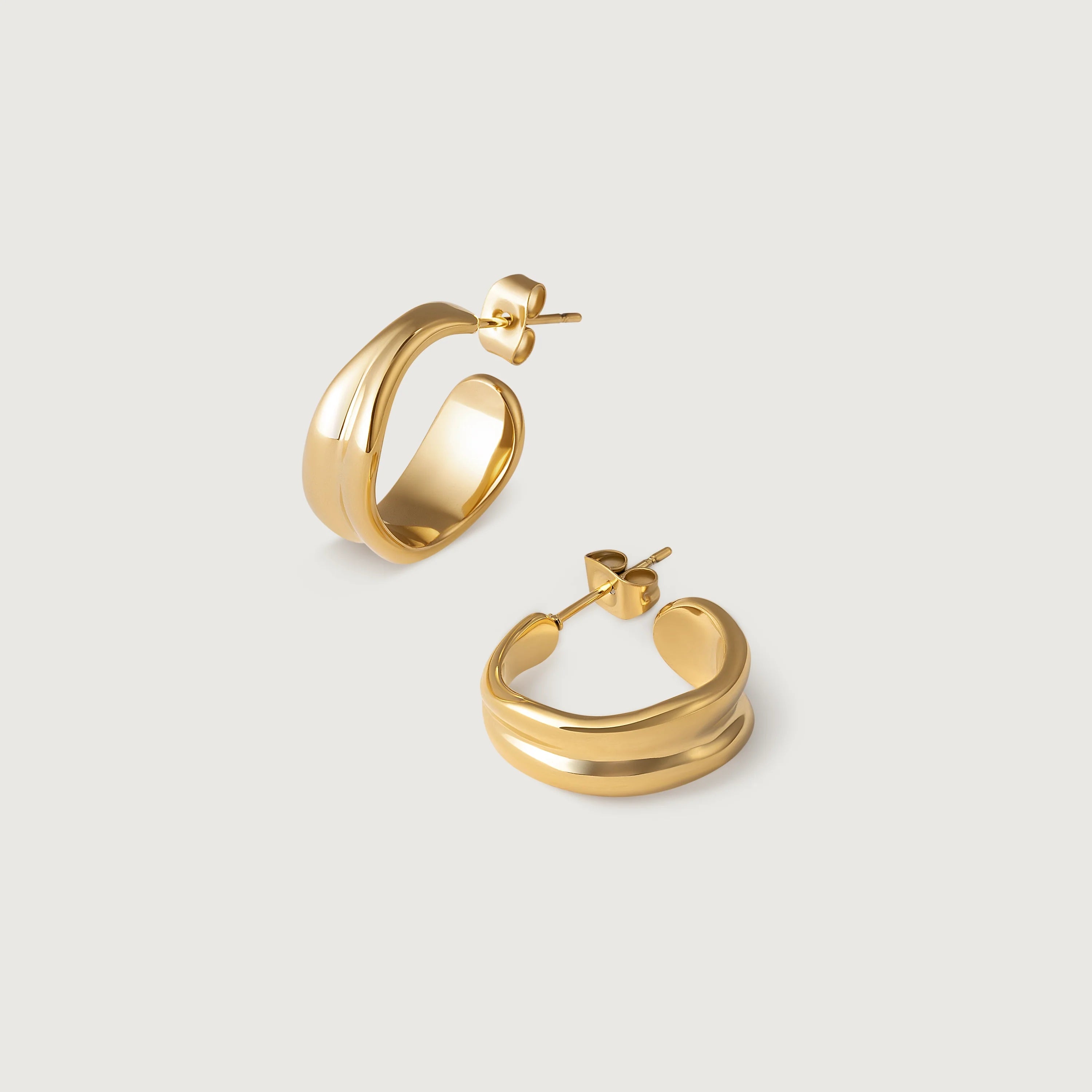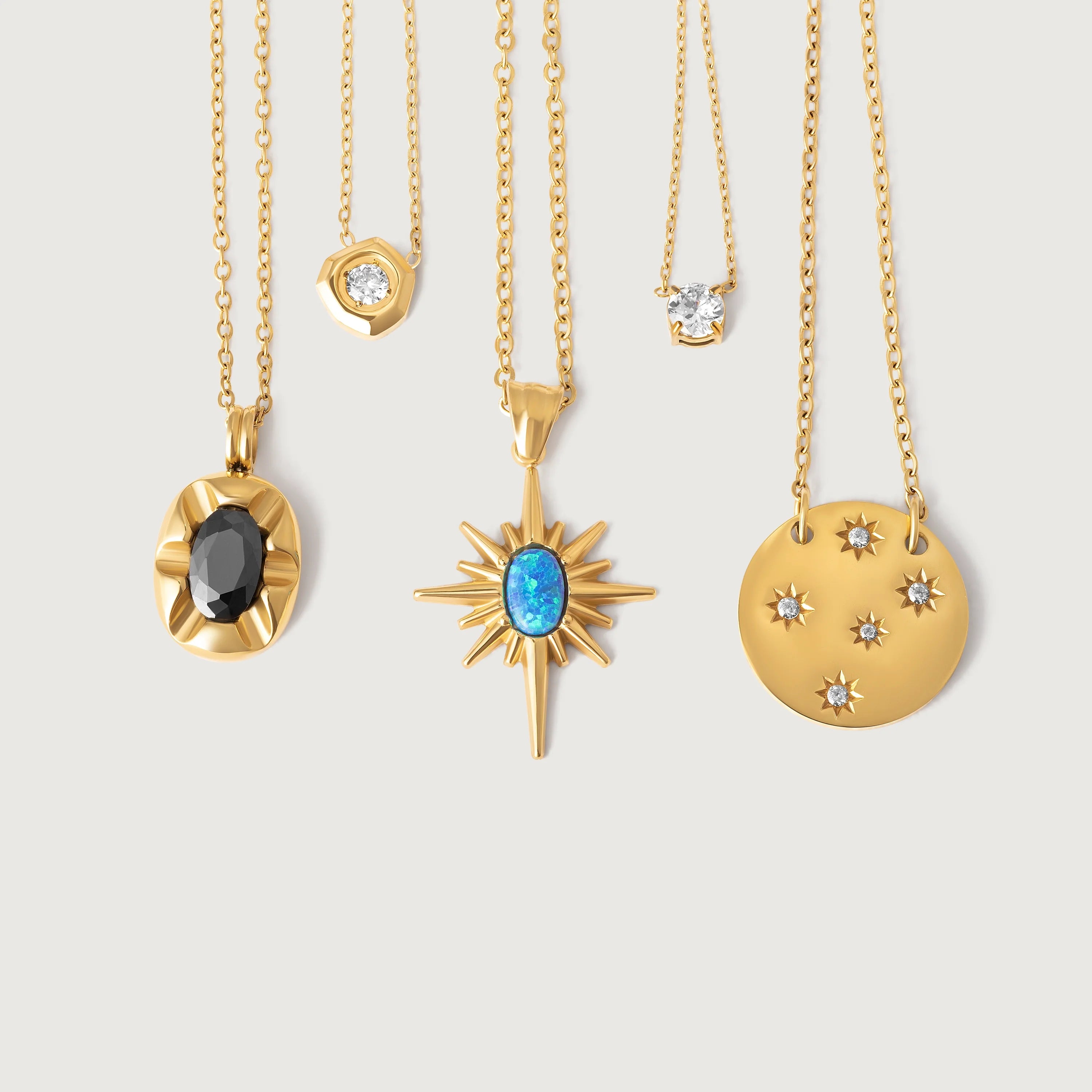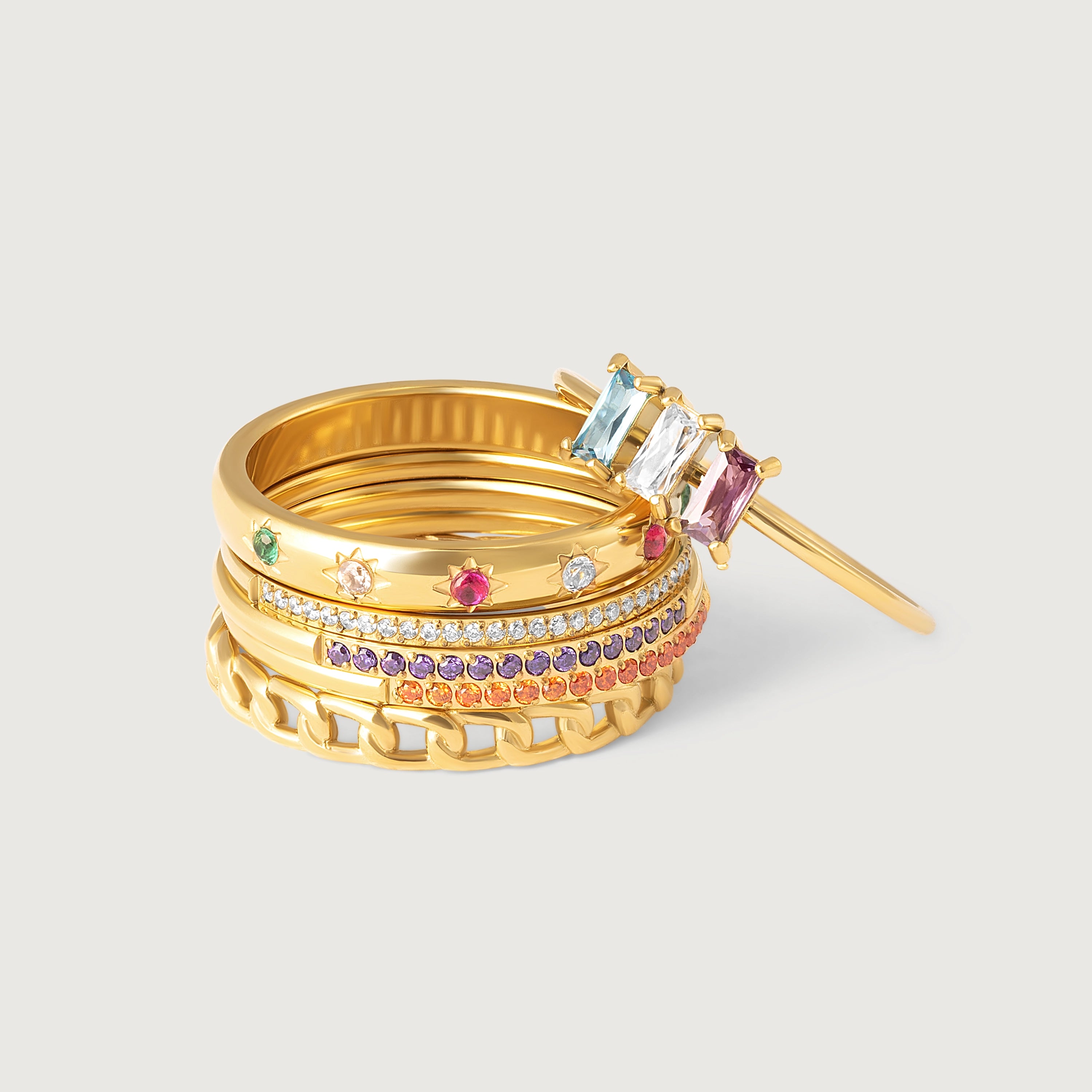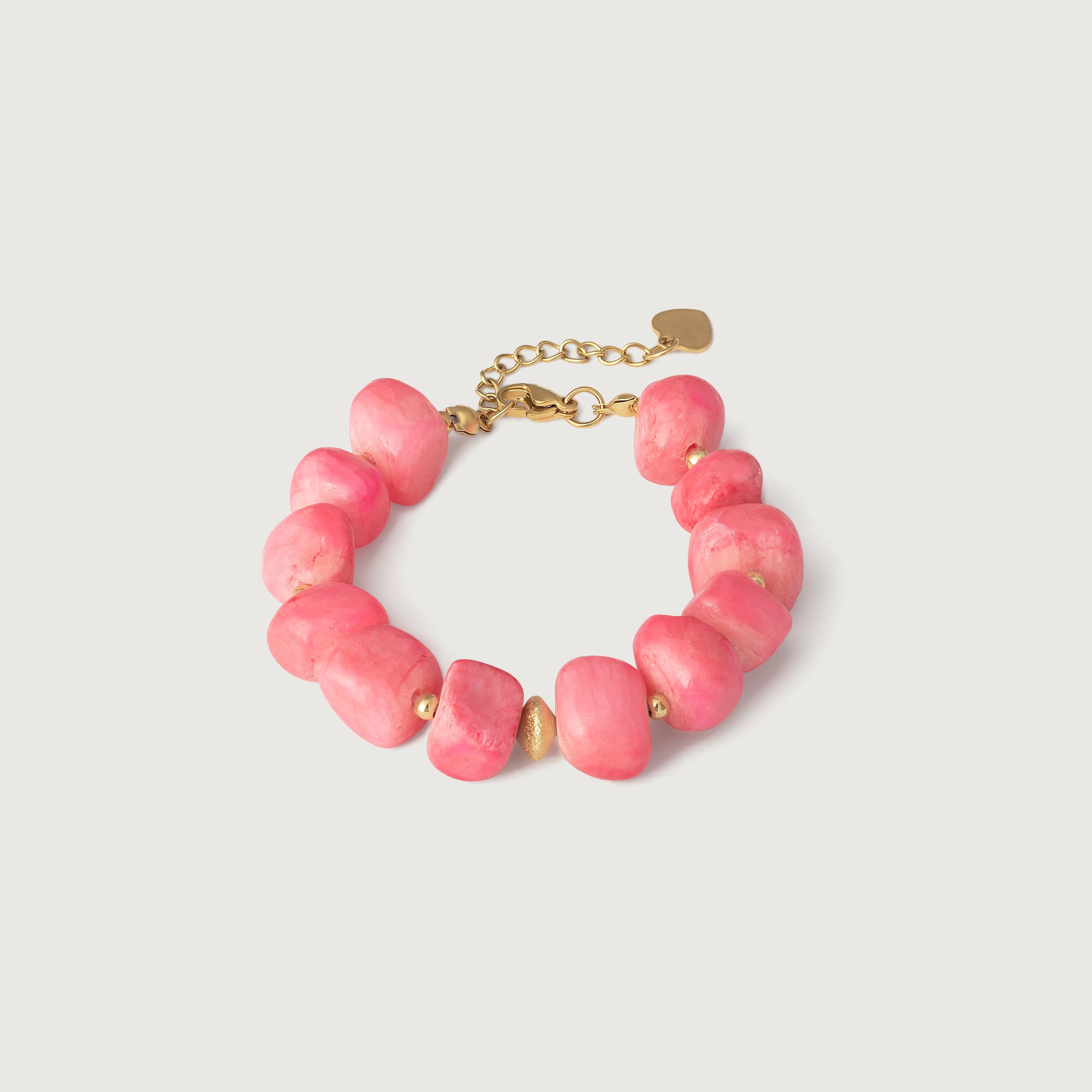The short answer: Yes, technically you can re-plate gold plated jewellery—but for most fashion pieces, it's often not worth it. With UK consumers spending £9.7 billion annually on jewellery and cost-of-living pressures affecting spending decisions, understanding when re-plating makes economic sense becomes crucial. Between the high cost, the condition of the base metal, and uncertain results, the process usually makes more sense for high-quality or sentimental items.
UK Reality Check: With almost two-thirds of UK consumers waiting for discounts before purchasing and half buying second-hand jewellery, knowing when to restore versus replace can save you significant money and disappointment.
More Than Just a Dip: Understanding the Professional Re-Plating Process
Many people think re-plating is a quick "gold dip," but it's actually a multi-step, labour-intensive process handled by specialist jewellers or plating technicians. Understanding this complexity helps explain the costs involved.
Assessment
The jeweller inspects the piece to identify the base metal and assess for corrosion or damage. Mystery alloys make this step particularly tricky.
Stripping
Old plating and tarnish are chemically or mechanically removed—a delicate process, especially if the base metal is soft or porous.
Surface Preparation
The most time-consuming part. The surface must be polished and cleaned meticulously, or new plating won't adhere properly.
Electroplating
New gold layer applied using electrical current. For durability, you need at least 2.0–2.5 microns of gold thickness.
Finishing
The item is rinsed, dried, and polished to achieve the final lustre and quality expected.

The Cost Reality: Why Re-Plating Often Costs More Than the Original Jewellery
Re-plating involves significant costs that many UK consumers don't anticipate, especially in the current economic climate:
Re-Plating Costs
£70-£150+ per item for basic re-plating
£100-£200+ for complex or large pieces
£150-£300+ for premium thick plating
Plus potential repair costs if base metal is damaged
New Fashion Jewellery
£15-£50 for typical plated pieces
£50-£150 for better quality options
£80-£300+ for Vermeil or premium pieces
Often better base metals and warranties included
What Drives Re-Plating Costs in the UK?
- Skilled labour: Polishing, prep work, and plating require expertise
- Raw materials: Gold, chemicals, and specialist solutions
- Equipment costs: Professional plating tanks and workshop time
- Insurance and compliance: Working with chemicals requires proper facilities
- Quality assurance: Testing and finishing to professional standards
Economic Reality: When re-plating costs £70-£150+ and original fashion pieces cost £15-£50, the economics rarely make sense unless the piece has significant sentimental value or superior base metal construction.
The Base Metal Problem: Why Many Re-Plating Attempts Fail
The biggest obstacle to successful re-plating isn't the cost—it's the underlying metal quality. This is where many UK consumers face disappointment:
Common Base Metal Issues
Mystery Alloys & Pot Metal
Many fashion pieces use unidentified base metals like brass, zinc, or "pot metal" alloys that are difficult to work with and don't accept plating well. Chemical reactions during stripping can cause permanent damage.
Corrosion & Pitting
Once base metals are exposed to air and moisture, they often corrode or develop pits that make achieving a smooth, professional finish impossible. No amount of plating can hide underlying surface damage.
Poor Adhesion Properties
Some base metals simply don't bond well with gold during electroplating, leading to uneven finishes, peeling, or rapid wear of the new plating layer.
Quality Base Metals
Sterling silver (Vermeil pieces), high-grade stainless steel, and some brass alloys can be successfully re-plated when in good condition. These justify the restoration investment.
Why Many UK Jewellers Decline Re-Plating Jobs
Due to these challenges, many reputable jewellers won't attempt to re-plate fashion jewellery. The risk of poor results, customer dissatisfaction, and potential damage to expensive equipment makes it uneconomical for most shops.
Decision Framework: When Re-Plating Makes Sense
With UK consumers being increasingly cost-conscious, here's a practical framework for making this decision:
✅ Worth Re-Plating
- Gold Vermeil pieces (sterling silver base, minimum 2.5 microns)
- Sentimental jewelry regardless of original cost
- Vintage pieces with superior base metals
- Designer items worth £200+ originally
- Pieces in good structural condition with minimal base metal exposure
⚠️ Consider Carefully
- Heavy gold plated pieces (2.5+ microns originally) if base is silver or quality brass
- Heirloom pieces even if not originally expensive
- Professional jewelry for work environments
- Items with minimal wear that just need refreshing
❌ Usually Not Worth It
- Fashion jewelry under £50 original cost
- Pieces with unknown/poor base metals (brass, zinc, pot metal)
- Extensively worn items with visible base metal damage
- Thin flash-plated pieces regardless of sentimental value
- Mass-produced accessories from high street stores
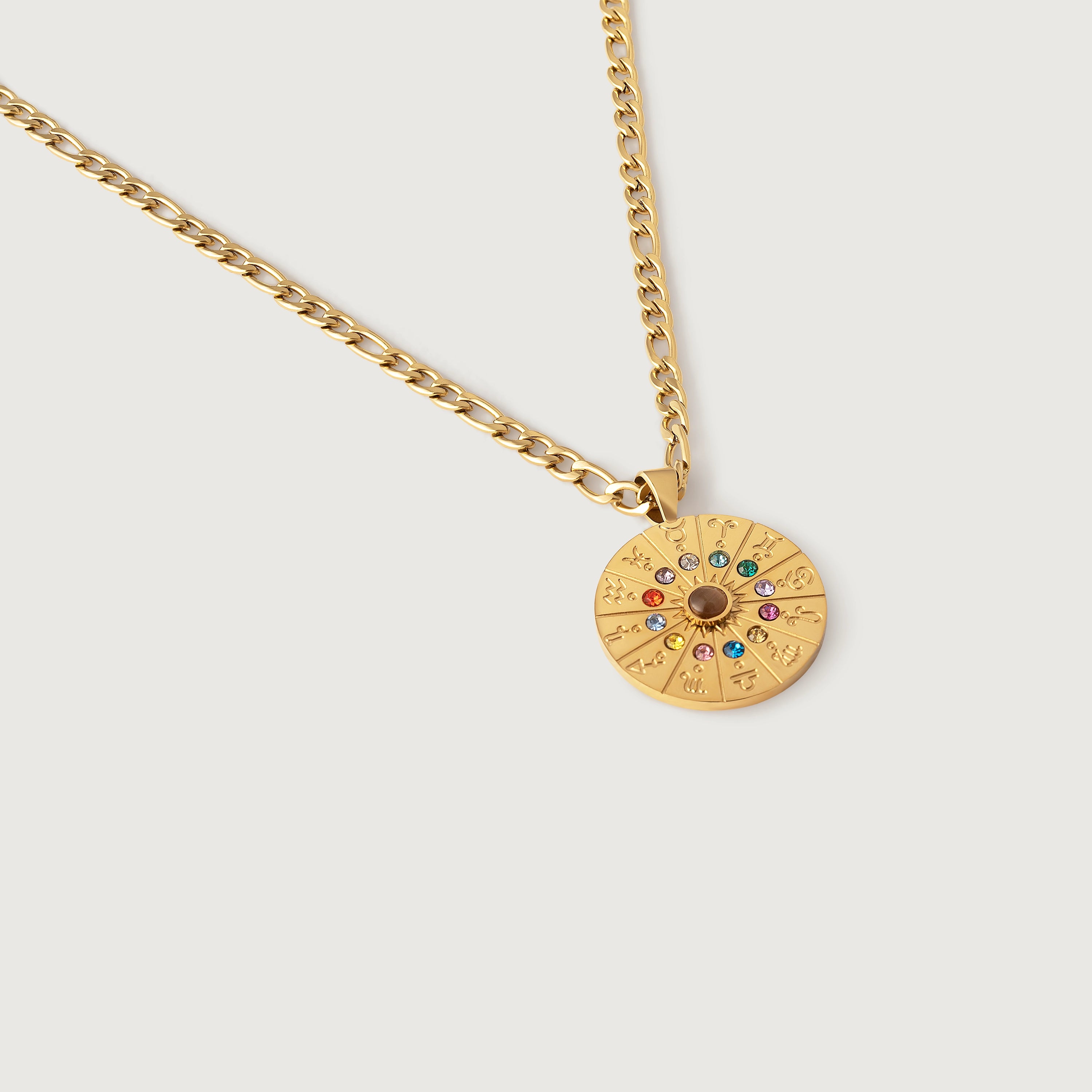
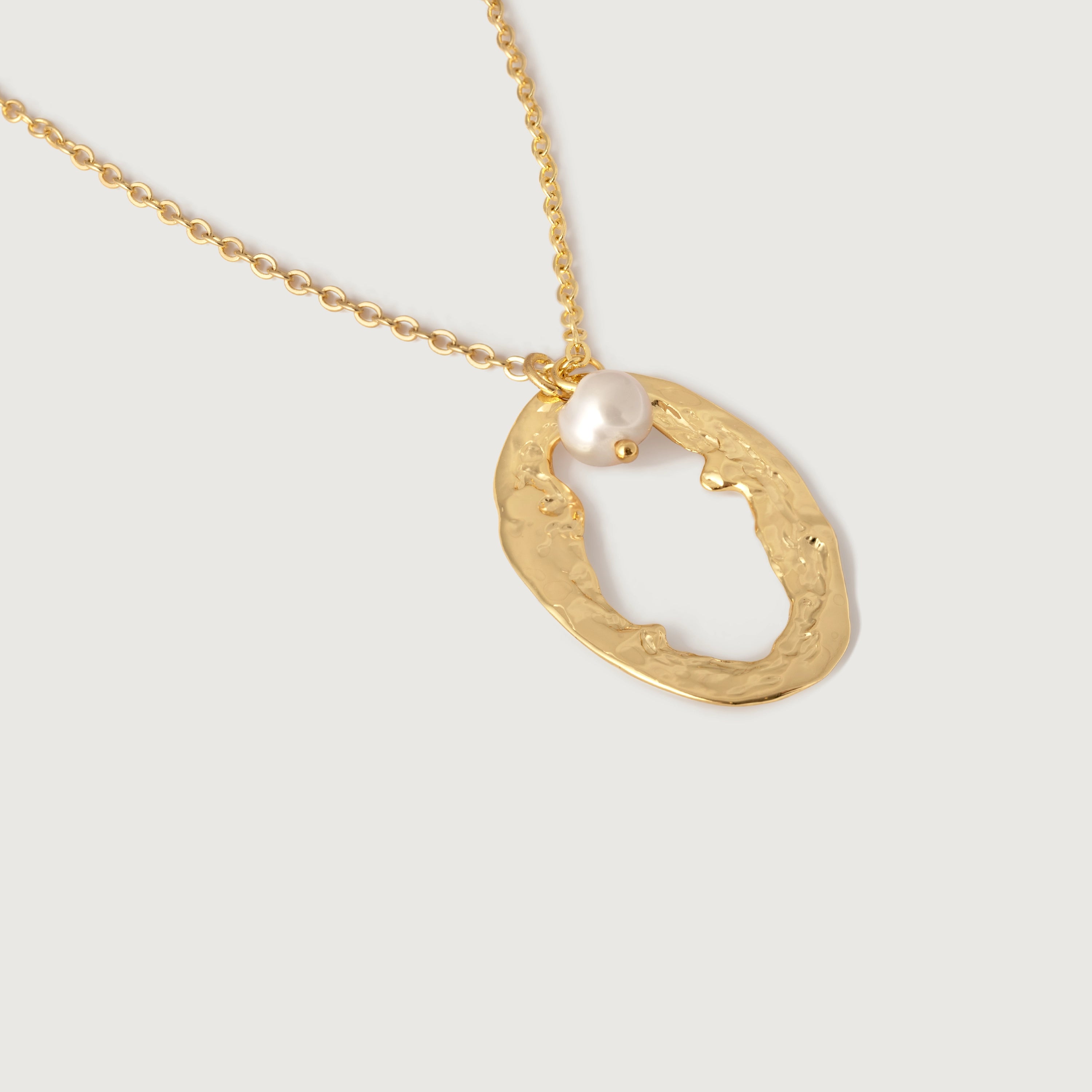
Finding Re-Plating Services in the UK
If you've decided re-plating is worthwhile, finding the right service provider is crucial:
Where to Look
- Electroplating specialists: Search for "electroplating services" in your area
- Jewellery repair studios: Independent workshops often offer plating services
- Hatton Garden specialists: London's jewelry quarter has numerous expert services
- Regional metalwork shops: Some general metalwork shops offer jewelry plating
Essential Questions to Ask
- Can you identify and work safely with this specific base metal?
- What preparation work is required, and are there any risks to the piece?
- What thickness of gold plating do you apply? (Minimum 2.5 microns recommended)
- Can you provide a detailed cost breakdown before starting work?
- What guarantee do you offer on the finished work?
- How long will the restored plating typically last?
Warning Signs to Avoid
- Quotes significantly below market rate (£70+ is realistic for quality work)
- Reluctance to examine the piece before quoting
- No mention of plating thickness or quality standards
- Promises of "like new" results without seeing the item
- No insurance or guarantees offered
DIY Re-Plating: Why Professional Work is Essential
DIY gold plating kits exist and might seem tempting for budget-conscious UK consumers, but they come with significant limitations:
DIY Limitations
- Thin flash plating only: Home kits typically produce plating under 0.5 microns
- Safety concerns: Hazardous chemicals and electrical equipment require expertise
- Poor surface preparation: Without professional equipment, proper prep is impossible
- Short lifespan: DIY results often fade within days or weeks
- Potential damage: Incorrect chemicals can permanently damage the base metal
For meaningful restoration that justifies the time and effort, professional work is essential. The cost difference between DIY failure and professional success is minimal when you factor in materials, time, and likely need for re-doing the work.
Smart Alternatives to Re-Plating Worn Fashion Jewellery
Given the economics and challenges of re-plating, consider these more practical alternatives for UK consumers:
Prevention & Proper Care
Extend the life of your current pieces with proper storage, cleaning, and wear habits. Often adds months or years to plating lifespan.
Strategic Replacement
Replace with better quality pieces. £150 spent on quality waterproof necklaces or rings often provides better value than re-plating multiple cheaper items.
Upgrade to Vermeil
Invest in Gold Vermeil pieces with sterling silver bases and minimum 2.5-micron plating. Initial higher cost pays off in longevity.
Modern PVD Technology
Choose pieces with Physical Vapor Deposition coating for superior durability. Our waterproof earrings and bracelets use this advanced technology.
Accept Planned Obsolescence
Treat fashion jewelry like clothing—enjoy it for its intended lifespan, then replace. Often more economical than attempting restoration.
Mix High and Low
Build a capsule jewelry wardrobe with a few high-quality pieces for daily wear and affordable fashion pieces for trends and variety.
Building a Future-Proof Jewelry Strategy
Rather than dealing with re-plating challenges, consider building a smarter jewelry approach:
The Three-Tier Investment Strategy
- Daily Heroes (£100-£300): Premium pieces with PVD coating or solid precious metals for everyday wear
- Fashion Pieces (£15-£60): Affordable options for trends and variety, with realistic lifespan expectations
- Special Occasion (£200+): Investment pieces in Vermeil or solid precious metals for important events
UK-Specific Considerations
- Weather resistance: Choose pieces that handle British humidity and unpredictable weather
- Value retention: Focus on pieces that maintain appearance longer, providing better cost-per-wear
- Versatility: Select pieces that work across seasons and occasions to maximize utility
- Repairability: When investing in higher-end pieces, ensure they can be professionally serviced if needed
Frequently Asked Questions
How much does re-plating cost in the UK?
Professional re-plating typically costs £70-£150 for simple pieces, £100-£200 for complex items, and £150-£300+ for premium thick plating. Rush jobs and specialized work cost more.
How long does re-plated jewelry last?
This depends entirely on the plating thickness and base metal quality. Properly re-plated Vermeil pieces can last 1-3 years with care, while re-plated fashion jewelry with poor base metals may only last weeks or months.
Can all gold plated jewelry be re-plated?
No. Many fashion pieces use base metals that don't accept plating well or are too damaged from corrosion. Reputable jewellers often refuse to work on pieces with unknown or poor-quality base metals.
Is it better to re-plate or buy new jewelry?
For most fashion jewelry under £50 original cost, buying new is more economical. Re-plating makes sense for pieces with sentimental value, superior base metals (like Vermeil), or original costs over £150.
What's the minimum plating thickness worth paying for?
If re-plating, insist on minimum 2.5 microns for durability. Anything thinner is essentially flash plating and won't justify the restoration cost. Some services offer 5+ microns for premium longevity.
Why do some jewellers refuse re-plating jobs?
Many jewellers avoid re-plating fashion jewelry because unknown base metals can react poorly with chemicals, causing damage. Poor base metal quality also leads to unsatisfactory results and customer complaints.
At Kaleya Studio, we design jewelry to eliminate re-plating concerns entirely. Our advanced PVD coating technology creates molecular bonds that maintain their beauty for years, while our transparent construction methods ensure you know exactly what you're investing in.
Conclusion: Re-Plating Reality for UK Consumers
Yes, gold plated jewellery can technically be re-plated, but the economic and practical realities make it worthwhile only in specific circumstances. With re-plating costs of £70-£150+ often exceeding the original purchase price of fashion jewelry, and success heavily dependent on base metal quality, most UK consumers find better value in strategic replacement.
For pieces with sentimental value, superior base metals like sterling silver (Vermeil), or original investments over £150, professional re-plating can restore beauty and extend lifespan. However, for typical fashion jewelry, the combination of high costs, uncertain results, and readily available alternatives makes replacement the smarter choice.
The key is building a jewelry strategy that minimizes the need for restoration. By investing in pieces with quality base metals, adequate plating thickness, or modern PVD technology, you can enjoy beautiful jewelry without the ongoing costs and complications of maintenance. Focus on proper care for current pieces, smart purchasing decisions for future acquisitions, and realistic expectations about the lifespan of different jewelry categories.
Skip Re-Plating with Superior Technology
Why deal with the costs and uncertainties of re-plating when you can invest in jewelry designed to last? Discover Kaleya Studio's collection of advanced PVD-coated pieces that maintain their beauty for years without the need for restoration—perfect for UK consumers who value both style and smart spending.
